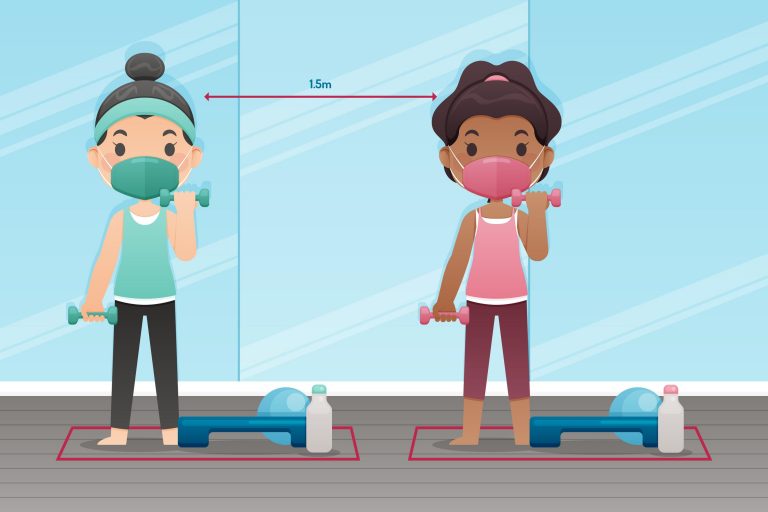We’ve all been there. You worked out pretty hard yesterday. Maybe you pushed yourself more than normal, added more weight, completed an extra set or had a longer run, and I’ll bet you were left feeling pretty good about it. Soon the next day comes and as you (try to) move from your bed, it hits you like a ton of bricks! You find it hard to step out of bed, to climb down your stairs is almost impossible; it’s practically like you’ve forgotten how to function properly. (That game QWOP is the perfect and hilarious analogy here https://www.foddy.net/Athletics.html).
Introducing… DOMS
Delayed Onset Muscle Soreness, or ‘DOMS’ is a term used often, one you may already be familiar with. Put simply, DOMS results from tiny tears in your muscles when you put your body through strenuous activity. As the name suggested, this muscle soreness comes anytime after training, usually peaking around 48 hours post workout. Although it may feel entirely abnormal, I assure you DOMS is totally normal. There are a few instances where we may expect to feel particularly sore, whether you’re new to working out or have returned after a break being two examples.
No pain no gain? Right?
Not exactly. When our muscles tear, they repair themselves to be even stronger, to make us even stronger. With that said, it’s easy to assume muscle soreness is a good thing, proof that what we’re doing is working and that if we aren’t sore, we didn’t do enough. I have some good news for you, that simply isn’t true, you do not have to be sore to have had a good workout!
While being sore can be a sign of a hard workout, a symptom of pushing yourself to the limit, once you get used this style or intensity of training your body should adapt. DOMS should not be a regular occurrence; you should be able to train hard without the serious soreness after each and every workout. DOMS should be seen, or rather felt occasionally, a response from an increase in training intensity or after a return from a break away.
Please remember you don’t need to feel super sore after a workout to have had a good workout! Progress will still be made!
What to do today?
Should you workout? Yes, but what exercise you do depends on how severe the soreness is.
If your muscles hurt to touch, you feel tight with restricted range of motion; it would be advisable not to work that same muscle group. You may decide to work upper body if your legs hurt, or even decide to just do some light cardio and stretching to help speed up recovery.
If you feel pretty sore but it’s not too severe, getting those muscles moving is a good thing. Keeping weight light and not trying to max out is the way forward. By moving the body and exercising the sore muscles you’re increasing blood flow, bringing oxygen and nutrients to accelerate the healing process.
Share this post: on Twitter on Facebook


